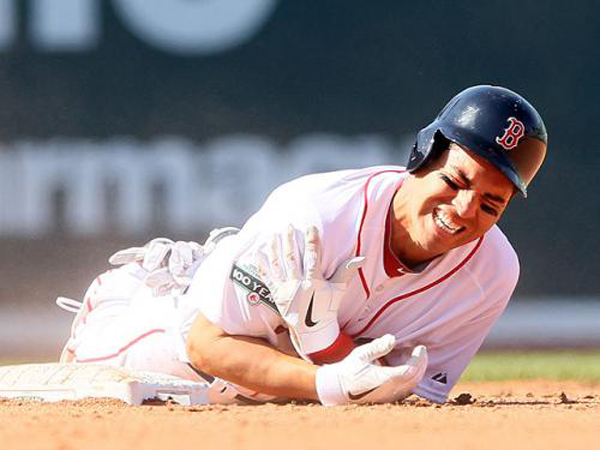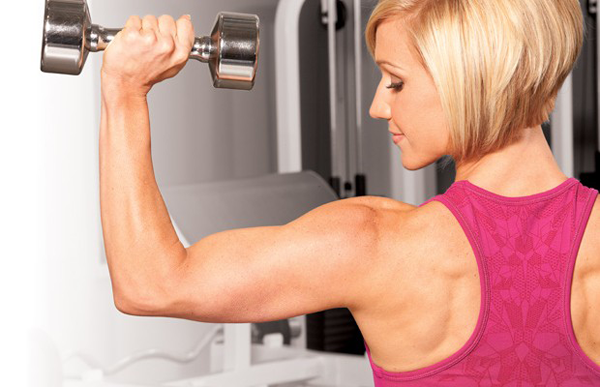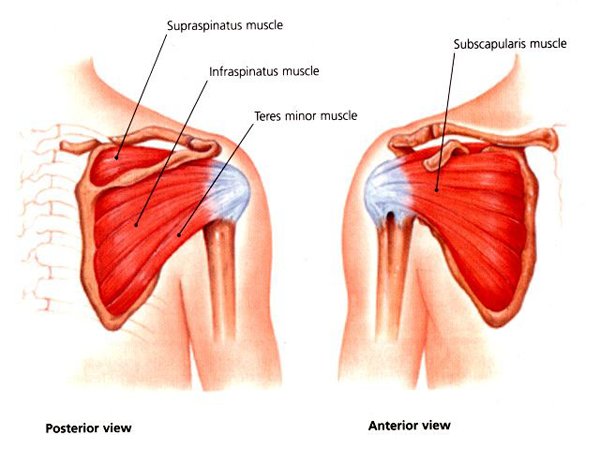How do you think your arm stays connected to your body? It’s not just magic. There’s not just some solid bone holding into place either. It’s actually very intricately designed. Many people take for granted the ability of the body to keep itself healthy and functional. Underestimating the rotator cuff can cost you pain, athletic injuries, decreased strength and flexibility.
What Is The Rotator Cuff?
Your shoulder joint is where the head of your humerus (upper arm bone) is connected to your torso. It’s called a ball-and-socket joint, because the head of the humerus literally looks like half a ball. It sits in the shoulder girdle and spins around giving you the ability to move your shoulder in basically every direction.
The thing is, that joint is a lot less stable than people typically think. Your shoulders have a bunch of different muscles surrounding them, and the reason is because if you took those muscles away, your arm would literally fall to the ground.
The muscles in the rotator cuff include the supraspinatus, infraspinatus, teres minor, and subscapularis. They are so important because they are basically the only thing holding your humerus in the shoulder girdle. These muscles don’t look cool, or have the ability to get huge like the biceps. They are like the blue collar, unsung heroes that do all the dirty work behind the scenes. They stabilize, act as a breaking force when the arm needs to stop moving, and help the primary movers create force.
So Why Can’t They Just Do Their Job And Leave Me Alone?
Well, these little muscles are doing their job…..constantly. Every time you go to the gym and bench press as much weight as you can they are there supporting you. Especially when you are playing sports that require overhead movements like volleyball, basketball, baseball, and football, they are there to keep your arms in check.
Much like anything else, the rotator cuff muscles and tendons have a breaking point. When you don’t give them any attention you put yourself at risk of seeing that point sooner than later.
Some common injuries to these muscles include:
- Rotator cuff tear: A tendon that attaches one of the muscles to the head of the humerus tears due to overuse and age. Symptoms include shoulder weakness and pain.
- Rotator cuff impingement: This occurs when a tendon of one of the rotator cuff muscles gets pinched in between the humerus and the neighboring bone called the acromion. Common symptoms are painful movement. Rest and ice are your best bet to recover.
- Rotator Cuff Tendinitis: The irritation of the tendons occurs with repetitive overhead movements. The symptoms and treatment are similar to an impingement.
- Subacromial Bursitis : Around each tendon are fluid filled sacs called bursae. They basically decrease friction between the tendon and bone. These bursae can get irritated just like anything else.
- The Pendulum: Bend over and let your arm hang to the floor. Rotate it clockwise, and then counter clockwise. (This is really low intensity, more for people coming off of a recent injury)
- Internal/External Rotation: Bend your elbow 90 degrees and keep it in contact with your side. As you hold onto a band or cable, internally rotate your arm toward your stomach. The next set, externally rotate your hand.
- Cuban Press: This exercise involves an internal and external rotation with your upper arms away from your sides, parallel to the floor.
- Arm Circles: Move your arms in big circles going in the farthest possible range of motion. You can hold 5 pound dumbbells to add resistance.

Prevention
To prevent overuse or sudden athletic injuries from occurring in these small rotator cuff muscles, they need attention other than the max effort sets of bench press and bent over row that you do on upper body day.
A few good Strengthening exercises are:
You can warm-up with these exercises, or you can do them after a heavy lifting day so that you’re already warm. You want to stay around 2-3 sets and go at a high rep range (15-20). Keep the resistance light. You have to remember. These are small muscles.
To stretch out you can do the posterior shoulder stretch or the band shoulder mobility stretch.

I hope I convinced you on the importance of rotator cuff maintenance. Underestimating those muscles can cost you a lot of pain and frustration. If you liked this article, please share it on facebook. I think you’ll also be interested in the basics of toning your legs.

 About Adam Pegg
About Adam Pegg



